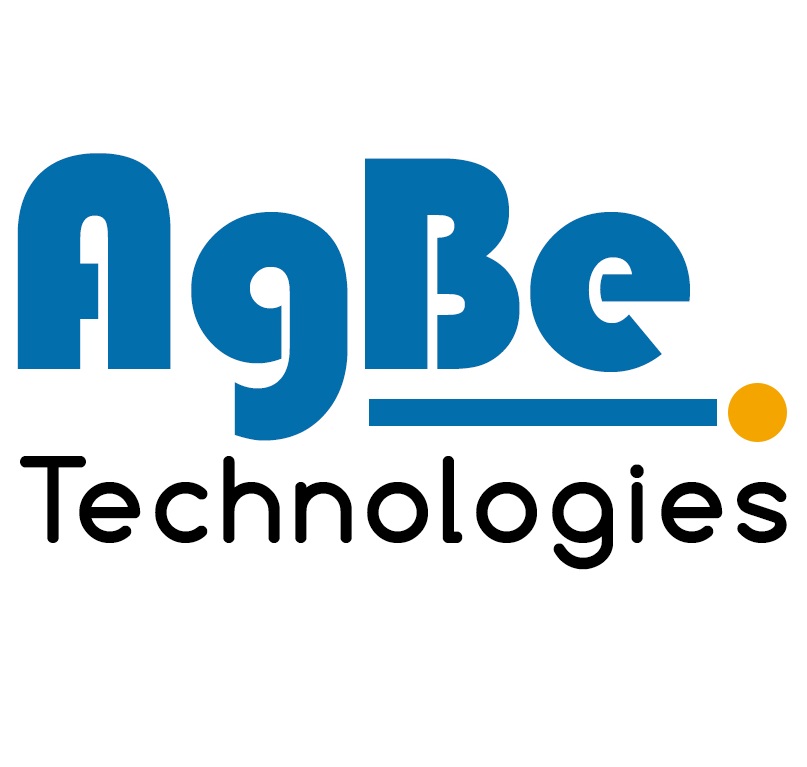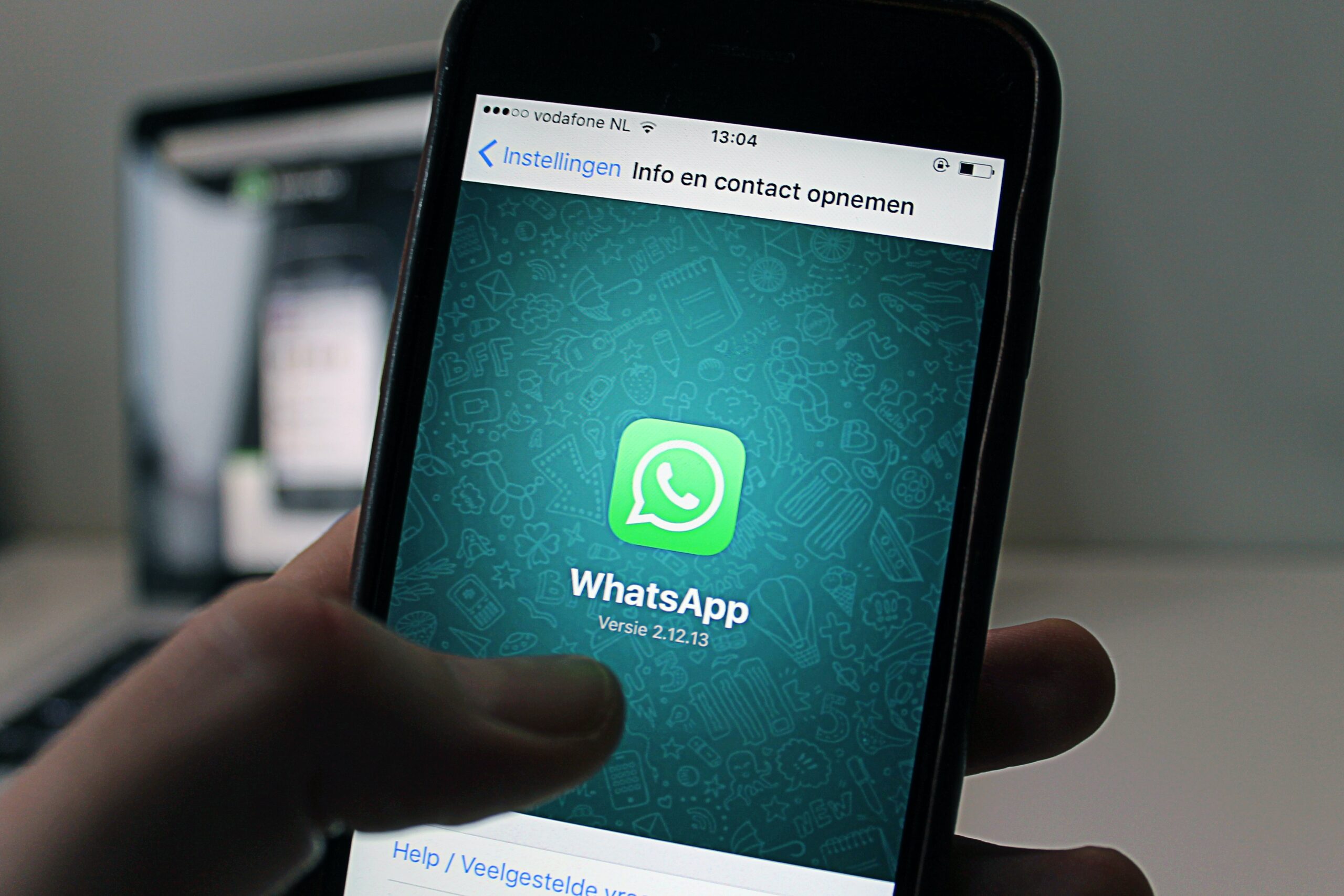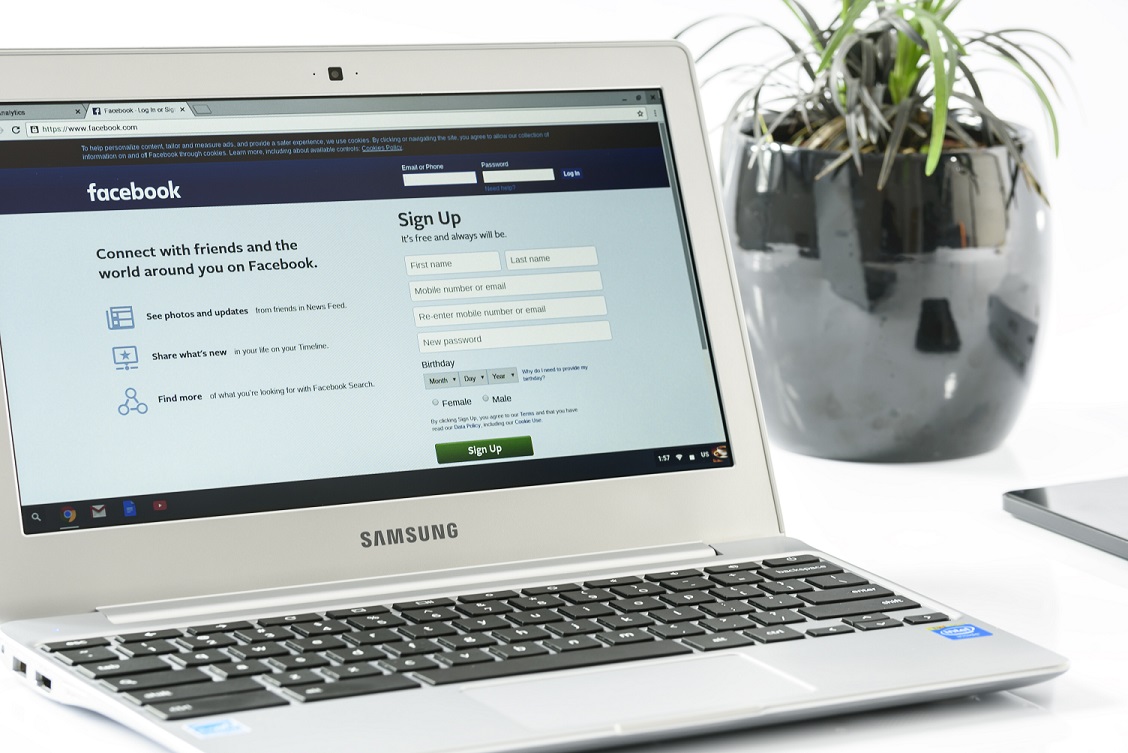What is Flutter?
Flutter is a mobile app development framework. The Flutter technology is introduced by Google, which is the new open-source library to create mobile applications. This technology may be the solution to create a cross-platform mobile application with a beautiful user interface. Flutter is now the top 11 software repositories based on GitHub stars.
So in nutshell, we can say, Flutter is Google’s mobile app SDK, complete with a framework, widgets, and tools, that gives developers an easy way to build and deploy visually attractive, fast mobile apps on both Android and iOS platforms (official Flutter website).
Why did AgBe include Flutter in its delivery stack?
Open-source
Flutter is an open-source technology with contributions from Google and other companies and individuals. Both Dart and Flutter are free to use.
Faster apps development
The mobile apps developed by using the flutter app development are one of the easiest and faster ways in comparison to the applications built on another app development platform. These apps are quite smooth in functioning as they provide a great user experience without cutting or hanging and continuously scrolling.
One code for two platforms
Flutter doesn’t depend on the platform, because it has its widgets and designs. This means that you have the same app on two platforms so developers write just one code for 2 apps – covering both Android and iOS platforms.
Less testing
If the same app is used for 2 platforms, it means less testing! Because of one codebase, the developer writes automatic tests only once. The quality assurance people have less work to do because they have only one app to check.
Rich in UI components
Flutter provides a rich set of testing features to test apps at the unit, widget, and integration level. When developing cross-platform mobile apps, support for the native component is key. Without the support of the native component, our app won’t feel like a native app. The framework must have an API to access the native modules without any pain. Flutter framework is bundled with UI rendering components, device API access, navigation, testing, stateful management, and loads of libraries.
Designs that your users will love
Flutter is designed to make it easy to create your widgets or customize the existing widgets. For designers, Flutter provides a canvas for high-end user experiences.
Compatibility
Another advantage of Flutter is the fact that it comes with its widgets that result in fewer compatibility issues. Developers will see fewer problems on different OS versions and can spend less time testing the app on older OS versions. Also, you can be confident that your app will work on future OS versions.
Build & release automation support
Releasing mobile apps to the App Store or Play Store is a painful process. It involves the complex task of code signing all other application setups. When it comes to cross-platform mobile app development, it gets even trickier. Flutter has a strong command-line interface. We can create a binary of the app by using the command line tools and following the instructions in Flutter documentation for building and releasing Android and iOS apps. On top of this, Flutter has officially documented the deployment process with Fastlane here.
CI/CD support
Continuous Integration and Continuous Delivery practices are essential for any app to get continuous feedback and avoid releasing buggy code. Flutter has a section on Continuous Integration and Testing which includes links to external sources. However, Flutter’s rich command-line interface allows us to set up CI/CD easily.
AgBe has built and delivered mobile applications on Flutter enabling the desired return on investments, quicker time to market, and achieving great client satisfaction.
Do you want to learn more about Flutter?



